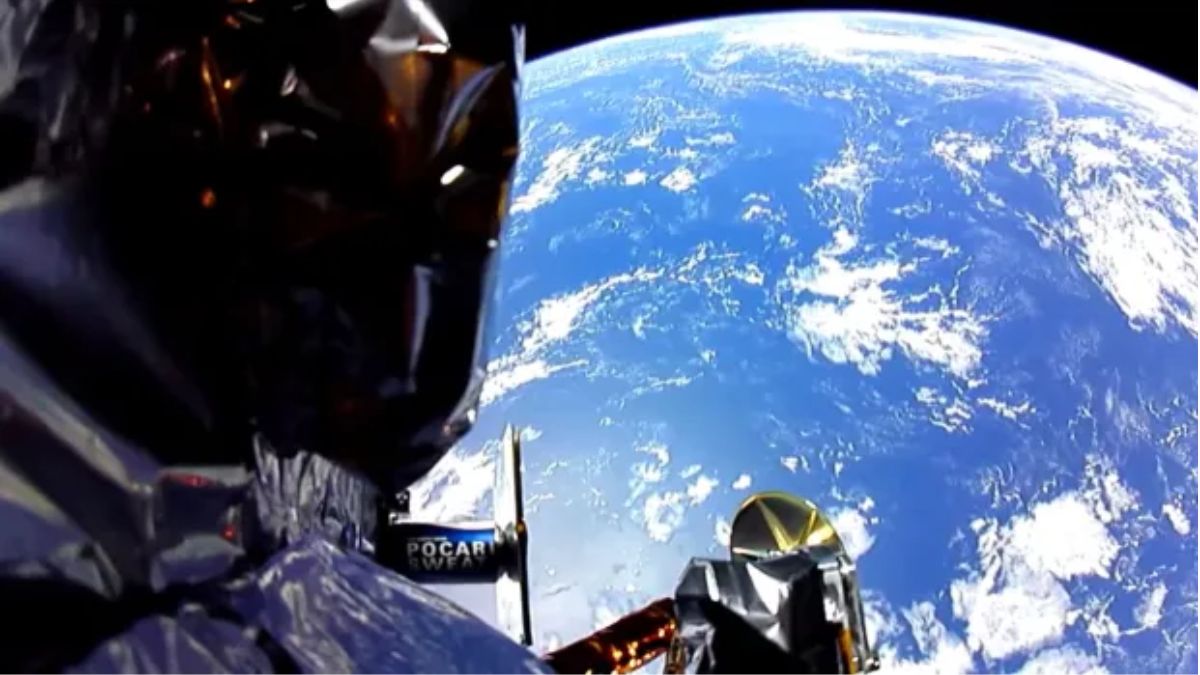
Astrobotic's Peregrine lunar lander encountered bo...
news-extra-space

 Image credit: hypebeast[/caption]
Since the core is hidden deep within the cloud, the Hubble image does not show the core itself, but it does show how the cloud is not a uniform spherical and instead includes regions that are either denser or less dense.
According to Hubble scientists, "as this view demonstrates, the density of CB 130-3 is not constant; the outside margins of the cloud consist mainly of wispy wisps, whilst near its heart CB 130-3 completely blots out background light." Stars in the background are affected by the gas and dust that make up CB 130-3 in both terms of brightness and apparent color, with stars closer to the cloud's core looking redder than those farther away. Hubble was used by astronomers to measure this reddening effect and map out CB 130-3's density, shedding light on the inner workings of this stellar nursery.
[caption id="attachment_64274" align="aligncenter" width="1200"]
Image credit: hypebeast[/caption]
Since the core is hidden deep within the cloud, the Hubble image does not show the core itself, but it does show how the cloud is not a uniform spherical and instead includes regions that are either denser or less dense.
According to Hubble scientists, "as this view demonstrates, the density of CB 130-3 is not constant; the outside margins of the cloud consist mainly of wispy wisps, whilst near its heart CB 130-3 completely blots out background light." Stars in the background are affected by the gas and dust that make up CB 130-3 in both terms of brightness and apparent color, with stars closer to the cloud's core looking redder than those farther away. Hubble was used by astronomers to measure this reddening effect and map out CB 130-3's density, shedding light on the inner workings of this stellar nursery.
[caption id="attachment_64274" align="aligncenter" width="1200"] Image credit: digitaltrends[/caption]
The Wide Field Camera 3 instrument on Hubble, which examines the visible light spectrum, was used to capture the image. This makes Hubble a helpful ally for Webb, an infrared-looking telescope. Astronomers can distinguish various physical characteristics and detect internal components that are normally unseen by observing things at a range of different wavelengths.
Image credit: digitaltrends[/caption]
The Wide Field Camera 3 instrument on Hubble, which examines the visible light spectrum, was used to capture the image. This makes Hubble a helpful ally for Webb, an infrared-looking telescope. Astronomers can distinguish various physical characteristics and detect internal components that are normally unseen by observing things at a range of different wavelengths.
Leave a Reply






